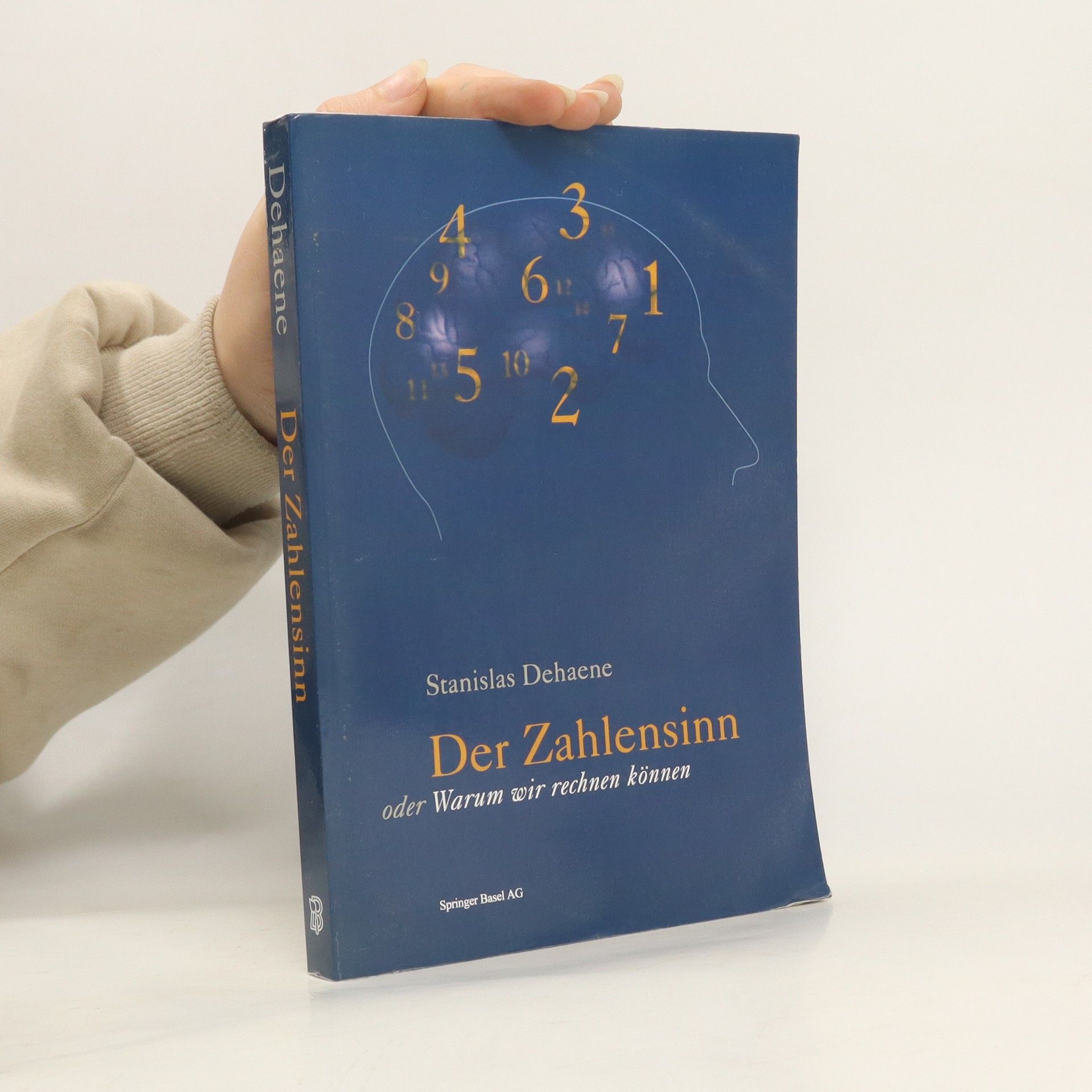How We Learn: Why Brains Learn Better Than Any Machine . . . for Now
- 352pagine
- 13 ore di lettura
“There are words that are so familiar they obscure rather than illuminate the thing they mean, and ‘learning’ is such a word. It seems so ordinary, everyone does it. Actually it’s more of a black box, which Dehaene cracks open to reveal the awesome secrets within.”--The New York Times Book Review An illuminating dive into the latest science on our brain's remarkable learning abilities and the potential of the machines we program to imitate them The human brain is an extraordinary learning machine. Its ability to reprogram itself is unparalleled, and it remains the best source of inspiration for recent developments in artificial intelligence. But how do we learn? What innate biological foundations underlie our ability to acquire new information, and what principles modulate their efficiency? In How We Learn, Stanislas Dehaene finds the boundary of computer science, neurobiology, and cognitive psychology to explain how learning really works and how to make the best use of the brain’s learning algorithms in our schools and universities, as well as in everyday life and at any age.


